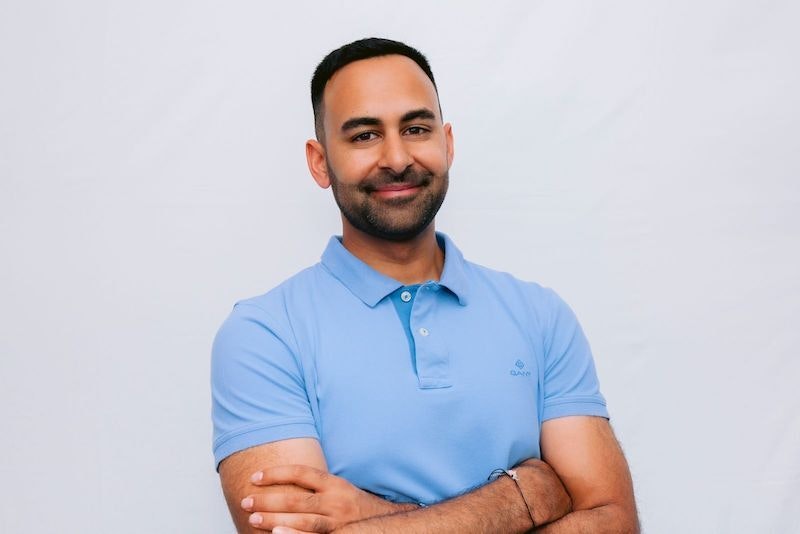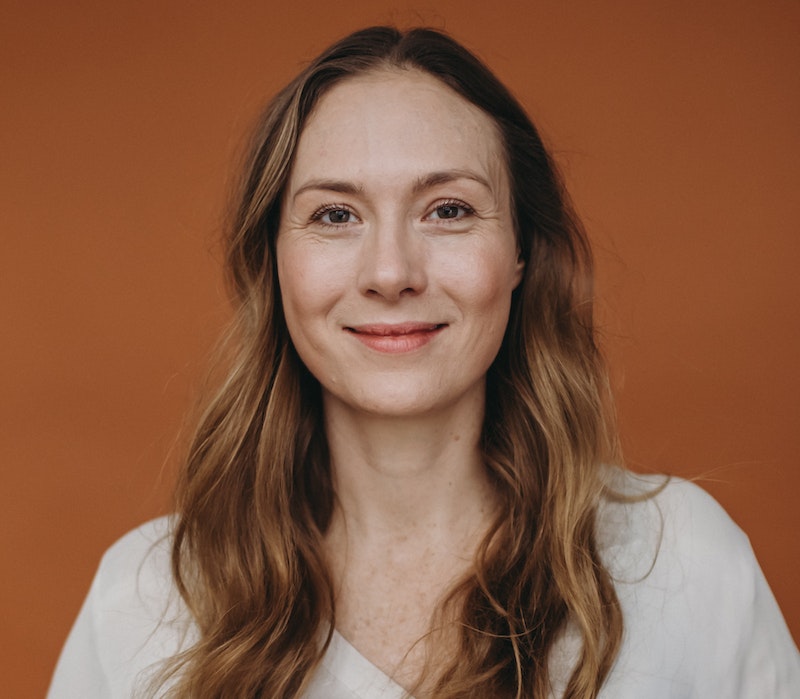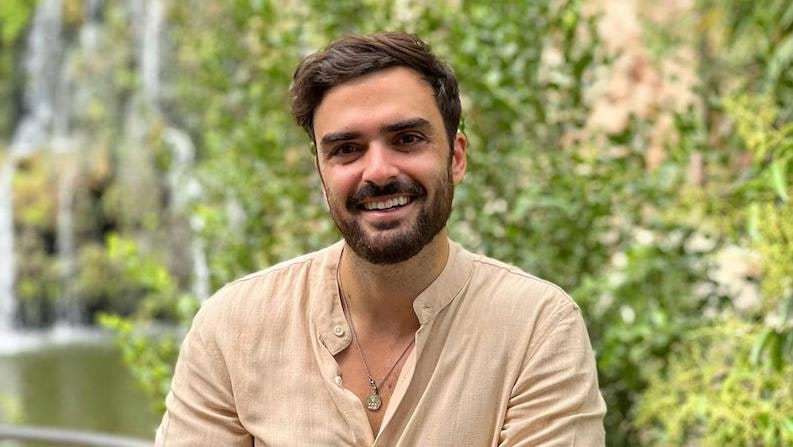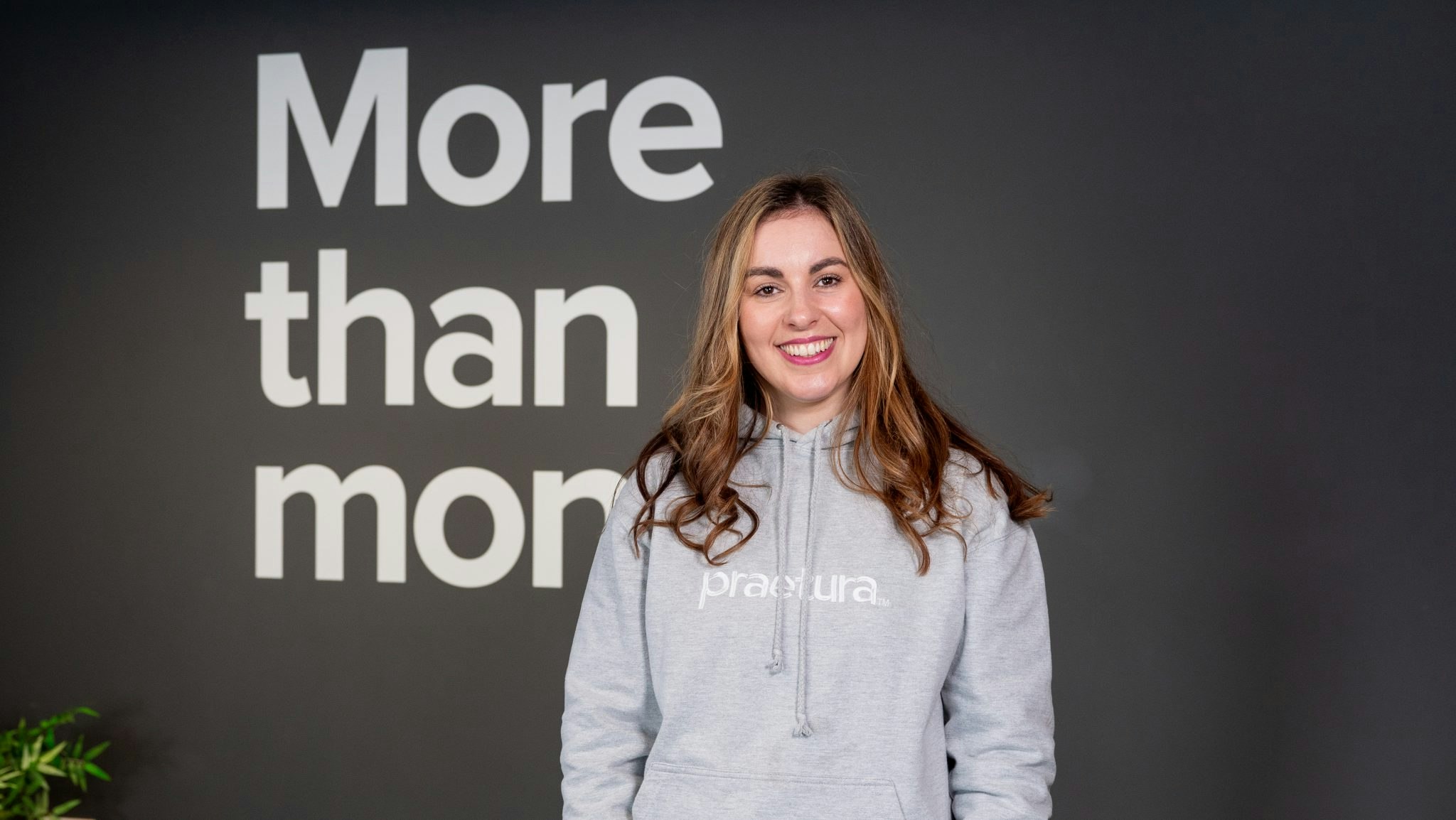Current first-time fund managers don’t have access to the seemingly endless supply of cash and optimism that their predecessors did in the heyday of 2021. Yet, despite the economic downturn, LPs pulling out of commitments, reduced risk appetite and the hundreds of rejections first-time fund managers have reported, new VC funds are still popping up across Europe.
To raise a fund, an emerging fund manager — a first time fund manager trying to start up a new venture capital fund — has to consider several factors when totting up the total they plan to raise. Current market conditions, the stage and sector you plan to invest in, team experience and networking ability all play a significant role.
Sifted spoke to emerging fund managers in London, Paris, Berlin, Barcelona, Amsterdam and Tallinn to help you figure out how much you should be raising for your first ever fund.
How to figure out your portfolio construction
Your portfolio construction will determine the minimum amount you need to raise for a fund. You need to be able to answer the following questions:
What stage will you invest in?
The maturity of a company affects how much money it needs to raise — the further along its journey, typically, the more capital it needs for overheads and growth:
- A pre-seed company tends to raise around $500k, but that can go up to $2m.
- A seed round averages $2m-5m.
- A Series A round typically falls between $2m-15m
- A Series B round tends to sit at $15m-30m.
Matching your fund’s size to an investment stage is vital.
“There's not much point being a £20m Series B fund, as founders at that stage tend to want to take a small number of reasonably large cheques, and with only £20m, there aren't really enough big tickets to go around — at least not enough for any type of diversification,” says Patrick Newton, founding GP of Form Ventures. “Whereas a £20m seed fund would definitely work.”

But cheque sizes can vary greatly even within a particular stage.
“We asked 20 other funds how much we should invest in a seed round, to help us figure out how big our fund should be — €100k was the average answer. But sometimes we invest €300k-400k,” says Dr Gesa Miczaika, founding partner of Berlin-based Auxxo Female Catalyst Fund that raised €19m for its first fund.
Flexibility to invest in a stage above or below your standard thesis may be something you want to consider, too.
“We wanted the ability to do a few Series A tickets if exciting deals came our way,” says Dilek Dayinlarli, founding partner at Amsterdam-based ScaleX Ventures that invests at seed and pre-seed. The fund ringfences some capital to do that.
What verticals will you invest in?
Focusing on a specific industry vertical rather than being a generalist investor can impact your fund size.
“LPs see a thesis-driven fund that operates within a very specific space and has a good network as an unfair advantage,” says Aurore Lanchart Gonzalez, an investor at Paris-based OSS Ventures, which raised €15m for its first fund to invest in software-based companies in the manufacturing space. “Our second fund will be bigger — between €50m-150m — as we plan to also invest in sustainable manufacturing. These types of companies need more capital to get off the ground, so we need a bigger fund to meet those needs.”

Emerging fund managers who can show LPs they have a high chance of identifying great companies, winning access and working with the portfolio have a higher chance of raising a large fund than someone who has an idea of a thesis, but no track record of it working.
Auxxo’s access to female founders, for example, is useful dealflow for bigger, more established funds — they then invest alongside them, minimising the risk of the investment, as well as bring Auxxo into exciting deals they see.
It’s also the case for general startup experience. OSS Ventures, for example, spun out of a venture builder. “Running the accelerator gave us expertise, processes and operation know-how and access to good deals,” says Lanchart Gonzalez. A key benefit of the venture builder was the industry partners that have gone on to be a huge value-add for its portfolio companies and its due diligence process.
But there’s no one answer. Reece Chowdhry, founding GP of Concept Ventures, the UK’s largest pre-seed fund, argues it differently. “As a pre-seed company, we need to diversify our risk so we focus on more than one vertical and invest in more companies — to do that well we needed a bigger fund.”
How much of a company do you need to own?
Concept Ventures aims to own about 10% of any company it invests in to mitigate the risk of investing that early, but also to ensure there’s enough space for angels and microfunds to invest alongside. It invests between £300k-750k in a company. “You want to be able to put enough in to have a significant ownership in the company, but not too much that you don’t have space for collaboration with smaller investors,” says Chowdhry. “Smaller investors often need a larger institutional lead and at pre-seed there are not many funds that will do that.”

Choosing to lead or follow other investors in a funding round plays a role in ownership distribution. Form Ventures invests at seed and aims to gain a 5% ownership stake in a company.
“We decided to follow rather than lead deals, as we believe we have a better shot at getting onto the cap table this way,” explains Newton. This does, however, mean that the fund can’t allocate as much money into a round as it would be able to as a lead — this impacted its decision to raise a smaller fund of £30m, rather than a larger, £50m+ fund.
Dr Miczaika agrees that choosing to follow in deals helped her decide to raise a smaller fund too:“Our fund’s tactic is to be a partner of choice for top VC funds.”
How many companies do you need to invest in?
After figuring out your chosen verticals, investment stage and ownership plan for each company, you're closer to homing in on the magic number of investments you need to make to stand a chance at returning the fund to your LPs.
Form Ventures decided to allocate its £30m fund across 30 seed-stage companies in a four-year cycle. “There’s some evidence that suggests that 30 companies is a strong level of diversification for a seed fund,” says Newton. “But if you can see and win more deals without the standard of the companies dropping off at all, you’re better off increasing diversification to ensure you capture those outliers like top funds Seedcamp and Kima do — they can do this because of their incredible access to dealflow.”
Concept Ventures is setting its sights on 60 pre-seed companies over four years with its $60m fund. Pre-seed fund Enzo Ventures, based in Barcelona, is taking the middle path. Founding partner Edgar Vicente says the €20m fund will be invested in 40 companies, with them taking a 2-6% ownership stake. He says you need to always be thinking about the possible return to LPs. “It is hard to return 3x of a €100m fund when you’re investing at such early stages, but it is doable to return 3x on a €30m fund. That’s €90m. You can get that from just one exit.”
Portfolio management is also just as important as investing and it’s what your reputation is based on, says Dayinlarli. You need to figure out how many companies your team can realistically support. She says that a good way to figure out how big your fund should be is: the amount you want to invest per deal x how many board seats each partner can manage = roughly how much you need to raise.
What’s your follow-on strategy?
When an existing portfolio company goes on to raise more money, a fund may invest in its next round too, to solidify the fund’s ownership and avoid dilution. This is known as follow-on funding. Investors tell Sifted the amount an emerging fund reserves to do this ranges anywhere from 0%-75% of the fund.
Form Ventures modelled outcomes to see what the fund would look like with and without reserves for follow-ons. It decided to reserve 50% to have capacity to follow-on up to Series B. It will only invest that cash in select portfolio companies that the team has conviction in.
Robin Haak of Berlin-based Robin Capital has reserved 30% of his fund for follow-ons — though he says that many early-stage investors avoid follow-on investing to prevent potential bias towards founders. "Follow-on investments can only succeed if you assess the deal as a new opportunity and take time. Therefore, after making a pre-seed investment, when considering a seed investment, you must delve in anew to affirm the conviction," he says.
How much money do you need to put in?
Fund managers are expected to commit a percentage of the fund from their own capital. According to the investors Sifted spoke to, this averages at around 2%. If you’re raising a £30m fund, for example, it’s expected the founding partners will invest £600k of that between them. Figuring out what you can afford is important to determine how big a fund you can raise.
When a founding partner invests, it signals to LPs that there is personal belief and commitment to a thesis, that you’re willing to risk your own money, explains Lanchart Gonzalez, whose CEO committed his capital to the fund.
But what about if you don’t have personal wealth? “I was a consultant in my previous life so I just had ‘normal’ savings — I didn’t have an exit behind me,” says Dr Miczaika. If you don’t have personal capital, it’s hard to raise a fund of any considerable size.”
There has been some movement from LPs to make the space inclusive in the form of salary sacrifices — once you have the fund you take less of a salary from the management fees — but emerging fund managers say it isn’t enough if you are a small fund. “We need that money to hire, for overheads like an office and software needs. It just doesn't leave us with enough,” says Dr Miczaika.

Most LPs still prefer the capital commitment to be not funded by salary sacrifice, says Newton of his experience on the fundraising trail. “We did find that almost all LPs we pitched to understood that we were sacrificing a lot to build the fund — we earned £0 for 14 months while we were fundraising — and were very accepting of a small GP commitment to the fund.” There is an understanding that if you’re successful, this would change over time.
Hiring a team
When it comes to team compensation, industry benchmarks suggest that management fees — which are used to cover all overheads — typically hover at around 2-3% of the fund size.
When considering the size of your team, especially for a first fund, a lean approach is best. A two-person senior investment team who are probably founding partners, plus an analyst, can effectively manage the workload, suggests Lanchart Gonzalez.
Form’s strategy is to add value to its portfolio with regulation and policy support, so having experts onboard was important. “We have a team of four where three of the four of us have experience in that space,” Newton says. The fund can’t afford to pay huge salaries like more mature funds, but the potential payoff is the attraction for everyone.
Salaries at Auxxo also fall below typical industry standards, but remain commensurate with the fund's scale. “Having a team that could deliver our thesis and support our portfolio for longer term wins was more important than short term higher salaries,” says Dr Miczaika.
Should you raise a microfund first?
LP expectations will play a role in your fund size as they seek proven track records to minimise their investment risks. As the team at Auxxo points out, just as VCs assess team risk when investing in founders, so do LPs similarly evaluate emerging fund managers. This means showcasing your capabilities is crucial. But if you don’t have personal capital to angel invest or a strong track record in VC to show off, it might be worth raising a microfund first — it can provide the opportunity to show your investing chops and begin building relationships with LPs.
Chowdhry was an active angel investor but, with no VC experience behind him to propel him into building a bigger fund, he decided to raise multiple microfunds ranging from £1-3m to validate his investment thesis and bolster his track record. Larger LPs could see his progression when the time came to raise a “real fund”.
Vicente took a similar path. He invested as an angel after selling his company at 24, before building a portfolio with a €1.5m microfund funded primarily from his own pocket. He wrote cheques between €10k-25k in Gen Z founders. The microfund enabled Vicente to establish his presence as the investor for young founders to go to and set him up to build a bigger fund.

Back-of-the-envelope calculation
Figuring out how much to raise for your first fund isn’t an exact science but there are some questions that can help you get to a rough ballpark figure. The hypothetical answers below are assuming a two team, seed stage, generalist fund.
This rough calculation puts the fund’s fundraising target between €22m-30m, according to investors Sifted spoke to.


